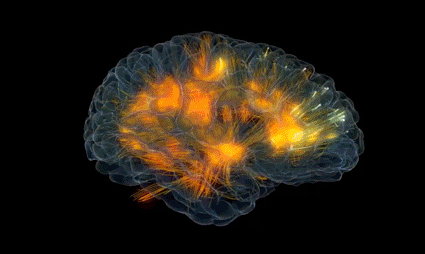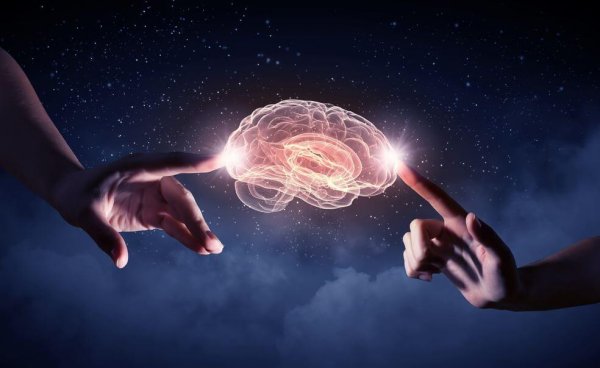The Psychology of Connection: The Art of Connecting with People from the Heart


Written and verified by the psychologist Valeria Sabater
The psychology of connection tells us that getting along with people isn’t the same as “connecting” with them.
In fact, few states of mind are more important than the ones that lead to this kind of magnetism. Feeling that shared heartbeat, the deep yet strange harmony where the best friendship of our lives begins. Or the love of our life.
Maybe you’re surprised. Is there really a “psychology of connection?” Well, as happens in many fields of psychology, it’s common for work in one area to be applied to others.
“Getting along is great but connecting is a miracle”
As for the psychology of connection, we should mention that it came from the business world, specifically marketing. Commercial researchers and presidents of big companies want to know what underlying processes make consumers feel more “connected” or attracted to one product and not another.
Sometimes our purchasing decisions are controlled by such unconscious, complex, and inexplicable processes that even neuro-marketing experts can’t figure out.
So, this scientific approach — developing over a decade — offers interesting statistics and material that researchers and psychologists in the field of personality took and shifted over from the marketing sector to a separate branch.
It’s fascinating and quite revealing what they discovered. They’re processes that bring together neuroscience, the study of the mind, and emotions. Those are the areas that shape what we know today as the psychology of deep connection.

Keys to the Psychology of Connection
We said at the beginning that getting along with someone isn’t the same as connecting with them. That’s something we all experience every day.
In our daily environments, which could be our jobs, schools, neighborhoods, or recreational spaces, we certainly meet a lot of people. We coexist with all of them. But, throughout our lives, we only manage to “connect” deeply with a few.
Judith E. Glaser, an organizational psychologist and anthropologist at Harvard University, is one of the most referenced scholars in the study and application of what we call “Deep Connection.”
Something she explains to us in many of her books and other works is that we all have an internal voice that quickly tells us if something or someone may be significant to us.
This thing we call “intuition” actually has a specific spot in our brains. We’ll look at some keys next…
Deep Connection: When Our Brain “Lights Up”
Our brain is an entity ruled by a series of very basic needs. Sociability is one of them. So, when in our daily lives we meet people our brain, to say it one way, “lights up.” One of the first areas to react is the medial prefrontal cortex.
But there’s another much deeper, more mysterious, and fascinating part that lights up like a Christmas tree.
This is when we meet someone we connect more intensely with. This area can be found right where the temporal lobe and the parietal lobe come together.
Neuroscientists tell us this is where our judgments unfold. It’s where our most abstract, most complex, and sometimes most inexplicable cognitive processes occur.

Processes that Govern the Psychology of Connection
We’ve all heard about how sometimes all it takes to connect with someone is a look. We should say that this little tidbit is a half-truth and doesn’t really get at the heart of what we think of as “deep connection.”
True experts in the field indicate that this intimate and revealing bond crosses many more borders.
- Deep connection goes beyond simple “looks” because it originates out of interaction and behavior. But it especially happens through an important, magical word: “sharing.”
- When we share intimacy with someone, when we tell them secrets, and share values and passions with them, our brain releases oxytocin.
But the process of sharing should be a transparent and integral act ruled by one essential word: trust.
Neuropsychologists explain that oxytocin is the neurotransmitter that is an essential ingredient when we’re building significant connections with our best friends or partners.
By inviting these significant people to this very private, deep part of our brain, we feel safe, comfortable, and trusted… but above all, happy.

To wrap up, while it’s not exactly easy to build this kind of connection, these magical, strong relationships, let’s not give up hope.
We just need to apply three simple factors to our daily interactions: closeness, trust, and sincerity.
The results will come in their own time and when it happens, we’ll know. Our brain and heart will respond intensely to this special person.
All cited sources were thoroughly reviewed by our team to ensure their quality, reliability, currency, and validity. The bibliography of this article was considered reliable and of academic or scientific accuracy.
- Glaser, J. E. (2016). Conversational intelligence: How great leaders build trust and get extraordinary results. Routledge.
- Fortunato, V. C. R., Giraldi, J. D. M. E., & de Oliveira, J. H. C. (2014). A review of studies on neuromarketing: Practical results, techniques, contributions and limitations. Journal of Management Research, 6(2), 201.
This text is provided for informational purposes only and does not replace consultation with a professional. If in doubt, consult your specialist.








